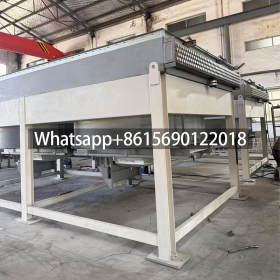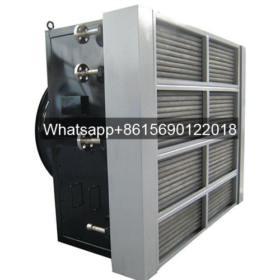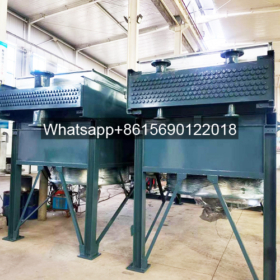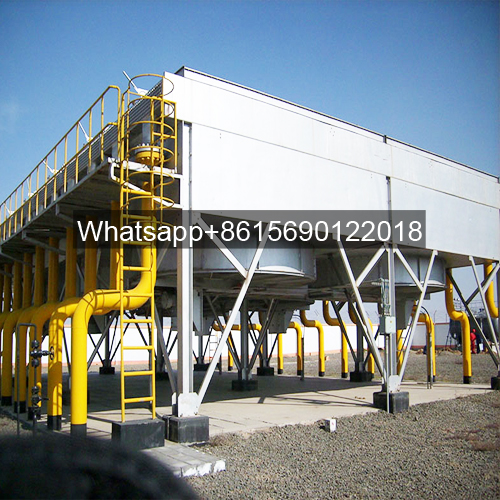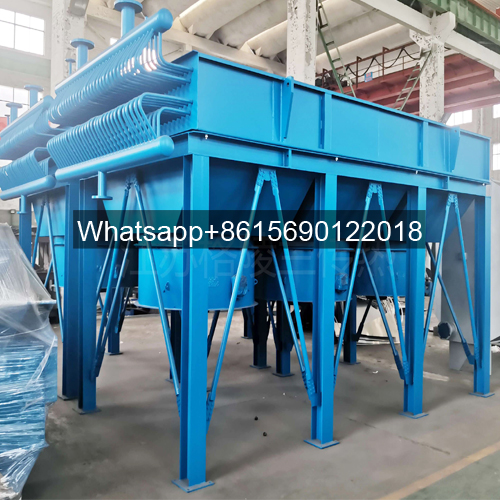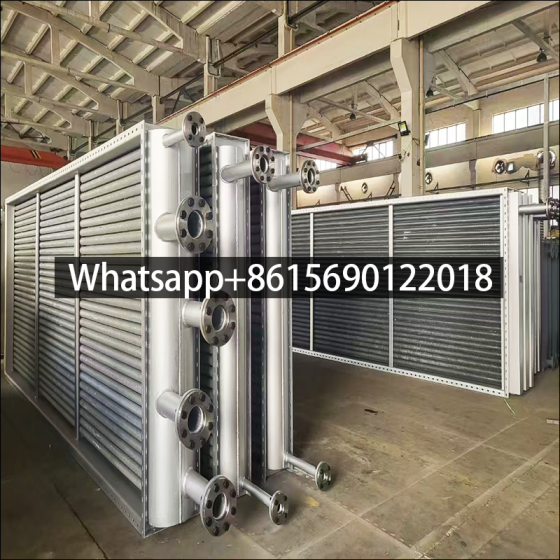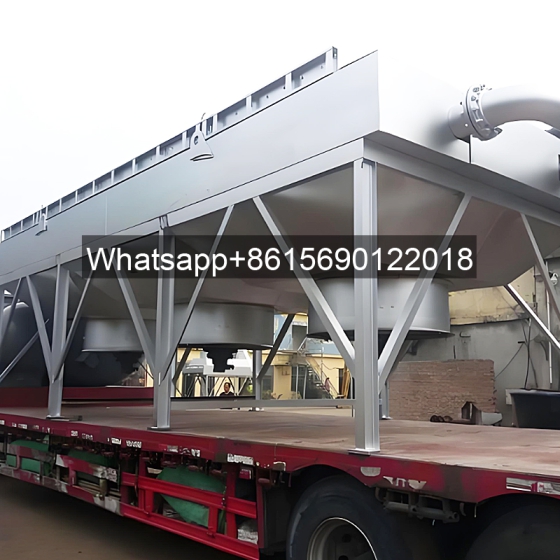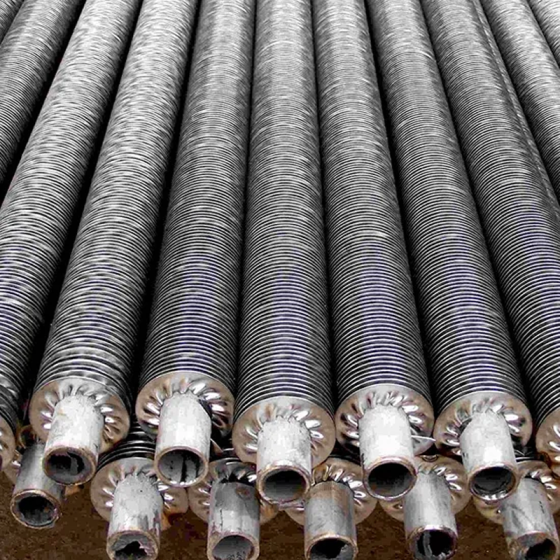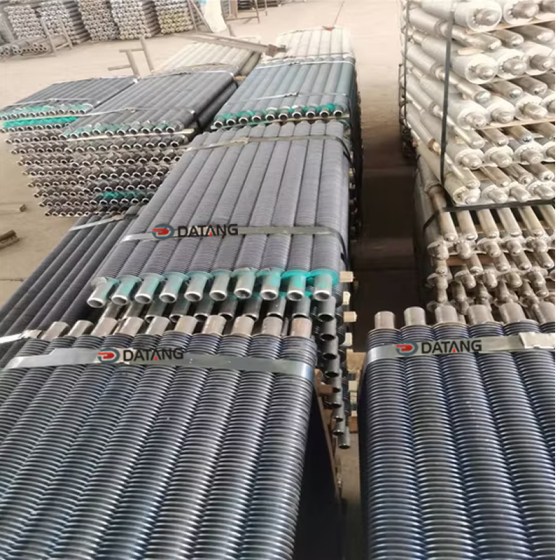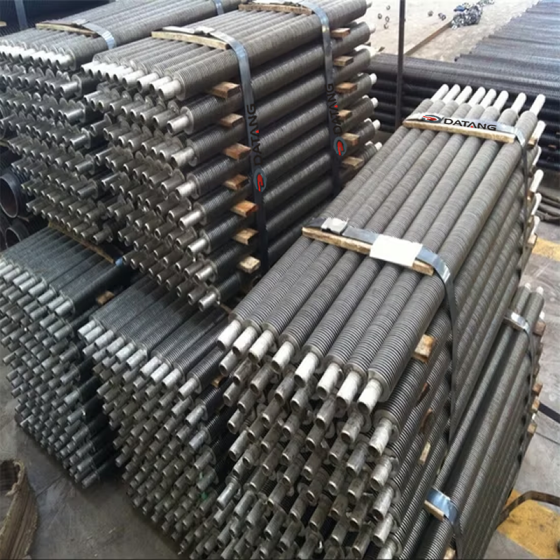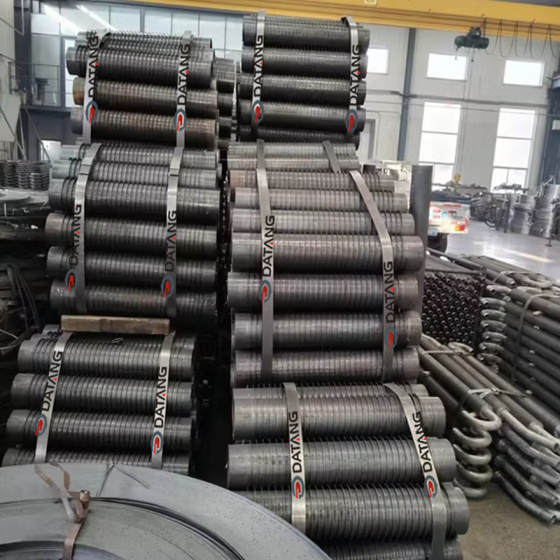Air Cooled Heat Exchanger Fin Fan Cooler, as heat exchange devices, are widely used in industries such as petrochemicals, power generation, and metallurgy. Their function is to cool process fluids with air, achieving heat exchange.
Air Cooled Heat Exchanger Fin Fan Coolers are mainly divided into two categories: direct air coolers and indirect air coolers.
Direct air coolers use a fan to blow air across the heat exchange tube bundle, directly cooling the process fluid inside the tubes.
Indirect air coolers exchange heat through an intermediate medium and are suitable for applications requiring high fluid purity. Each type has its own characteristics, and users can choose according to their specific needs.
The design of air coolers needs to consider several factors.
First, the climate conditions.
The design needs to appropriately increase the heat exchange area or adjust the fan power to compensate for the impact of insufficient air density. Second, temperature variations.
The air cooler materials to have good thermal expansion and contraction properties to avoid equipment deformation or leakage due to temperature fluctuations.
Making it easy for dust to accumulate on the heat exchange surfaces of air coolers. Regular cleaning is necessary to maintain equipment performance.
An air cooler typically consists of a fan, tube bundle, and frame. The fan provides the power for airflow, the tube bundle is the core component for heat exchange, and the frame supports the entire unit.
Material selection is particularly important.
Due to the strong ultraviolet radiation, the equipment casing is often made of weather-resistant steel or coated to extend its service life. Tube bundles are often made of aluminum alloy or copper, materials with good thermal conductivity and corrosion resistance, suitable for Qinghai’s dry climate.
Air coolers have numerous applications.
Например, in local chemical industrial parks, air coolers are used to cool process fluids in reactors, ensuring stable production. In the power industry, air coolers help cool generator sets, improving energy efficiency. These applications not only demonstrate the practicality of air coolers but also showcase their ability to adapt to special environments.
Maintaining the air cooler is crucial for its long-term operation.
Maintenance mainly includes cleaning the heat exchange surfaces, checking the fan’s operating status, and tightening connections. When cleaning, use a soft brush or compressed air to avoid damaging the heat exchange tubes. Regularly inspect the fan bearings and blades to ensure smooth operation. Prevent loosening of connecting components such as bolts and brackets, which could cause equipment vibration. These simple and effective maintenance measures can significantly extend the lifespan of the air cooler.
The energy-saving performance of the air cooler is also noteworthy.
Air Cooled Heat Exchanger Fin Fan Coolers utilize natural air cooling or forced ventilation, reducing reliance on water resources. This is particularly important for regions with relatively scarce water resources. Air coolers operate without auxiliary equipment such as water pumps, reducing energy consumption and aligning with energy conservation and environmental protection trends.
Air Cooled Heat Exchanger Fin Fan Cooler technology may develop towards greater efficiency and durability. Например, using new heat exchange materials to improve thermal conductivity or optimizing fan design to reduce energy consumption. These improvements will further enhance the applicability of air coolers in Qinghai.
Air Cooled Heat Exchanger Fin Fan Cooler Key takeaways:
1. Air coolers need to adapt to local climatic conditions, such as thin air and large diurnal temperature variations. Heat exchange efficiency and material selection must be considered during the design phase.
2. Air coolers play a vital role in industrial applications, including the chemical and power industries. Maintenance is simple yet crucial.
3. The energy-saving characteristics of air coolers help reduce water and energy consumption. Future technologies may focus more on high efficiency and durability.
 dtfinnedtube.com
dtfinnedtube.com



